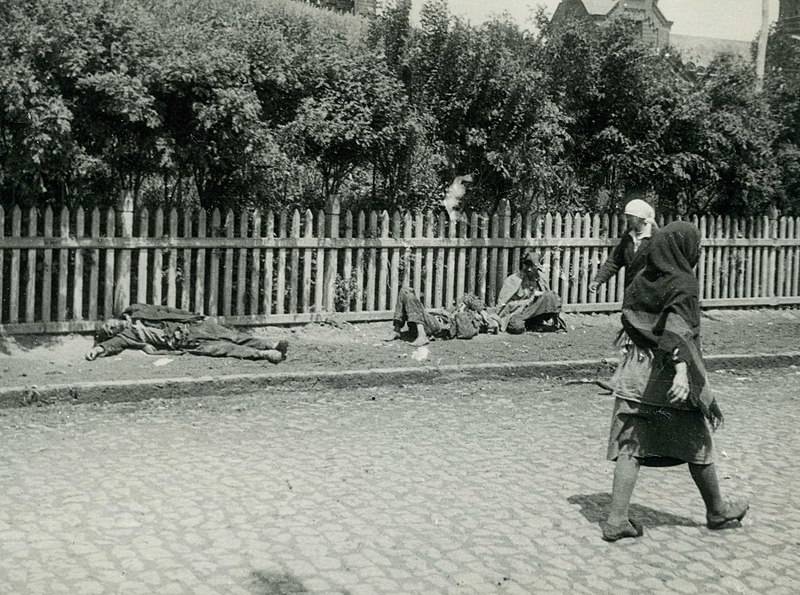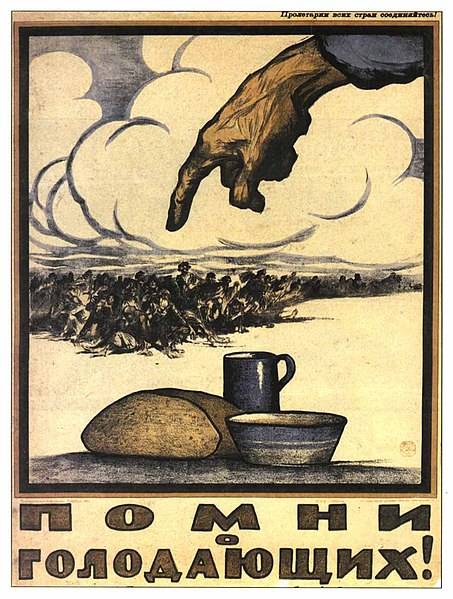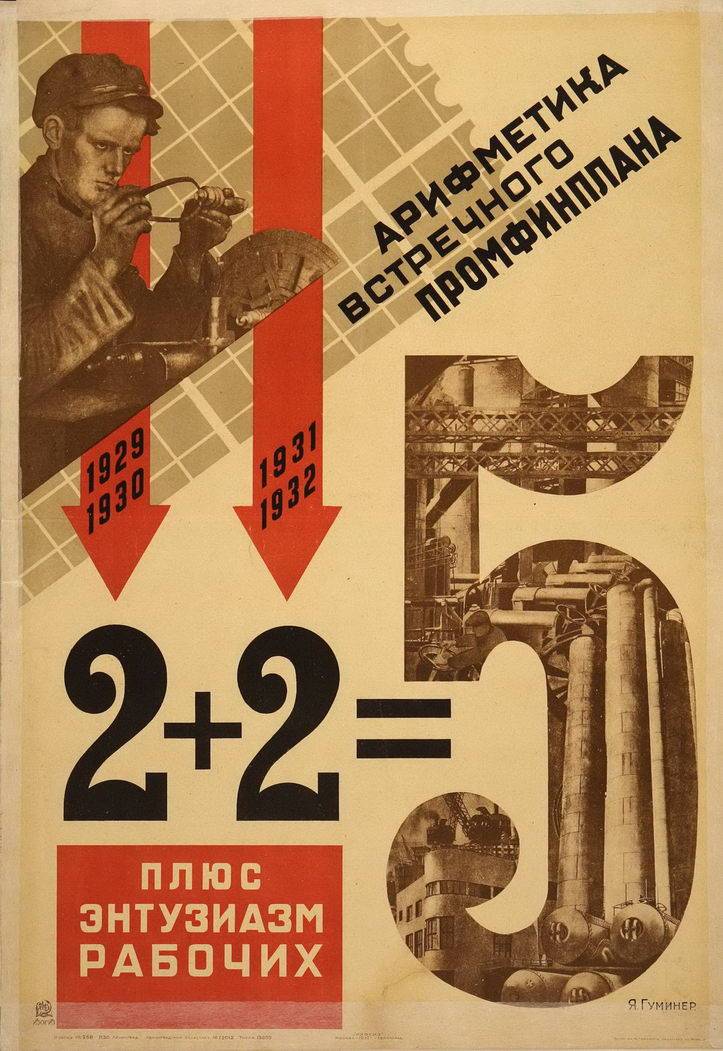Did Stalin want to starve Ukraine to death?

Victims of famine on the streets of Kharkov, the capital of the Ukrainian SSR. 1933 Photographer A. Wienerberger
General situation
The peak of difficulties and disasters of the USSR (during the period of formation and development) occurred in a short period of time from the end of 1932 to the beginning of 1933. Industrial giants rose through hard work, the state rapidly transformed from agrarian to industrial, and was included in the group of world leaders.
However, funds and resources for industrialization had to be taken from agriculture. There were no other sources. Russia, after the Civil War and the Intervention, lost its gold reserves, the value and wealth accumulated over centuries. They were taken out and stolen. There was no more national capital. It was impossible to attract foreigners, a new dependence.
That's why they took it from the village. The hastily created collective farms were in poverty. There were few personnel. Inexperienced managers ruined what they had just created. Peasants moved to cities and became workers. The remaining collective farmers received meager wages, lived in poverty, worked without interest, and stole to survive.
There was nothing new in this. This practice developed back in the Russian Empire. Lean years occurred regularly, and famine engulfed individual provinces or districts. But Minister of Finance Vyshnegradsky, who was trying to replenish the gold reserves, stated:
In England, the first industrial revolution was carried out at the expense of the peasants. The dense network of villages disappeared, but a “world workshop” was created. In Japan in the early 1930s, millions of Japanese peasants were malnourished, and widespread famine broke out in Hokkaido, Okinawa and northern Honshu. At the same time, the Empire of Japan continued industrialization, built railroads, rapidly armed itself, built a powerful and modern navy, and reconstructed old arsenals.
Moreover, mass famine was common on the planet during this period. Many countries in Europe, especially Eastern Europe, lived from hand to mouth at this time. In the Czech Republic, the poor were malnourished, although the country was considered the most prosperous of the states created after the First World War. In Poland and Romania, ordinary people (the majority) were openly starving. In Poland, the peasants of Galicia and the Hutsul region, Western Belarus and the Vilna region were dying of hunger.
In the USA, at the height of the Great Depression (The Great Depression) hundreds of thousands of people died. At the same time, the grain was immediately burned, and the milk was poured into ditches, since they could not sell it. There was no mention of distribution to the hungry and unemployed, as if the “market” would solve the problem.
Africa was starving, especially Ethiopia, where crop failures occurred regularly. This situation has continued to this day. No one counted the deaths of hungry Chinese and Koreans in the 1930s and during World War II.
The French caused a famine in Vietnam in the early 1930s: they forced the peasants of Indochina to switch from growing rice and sweet potatoes to the production of jute and cotton, which promised more income and were needed for the war economy. The existing food warehouses, created in case of famine due to crop failure, were liquidated. This led to famine, which continued under the Japanese occupation. The Vietnamese fed the Japanese troops. As a result, more than 3 million people died.
In the early 1940s, famine began in Bengal (now Bangladesh). It was also instigated by the British colonial administration, who ruled the local natives in this way. According to British data, 1,5 million people died from hunger and epidemics then, according to Indian data – 9 million people.
England had famined India and Bengal several times since the 1770s, when the British East India Company ruled there. Researchers count about 40 cases of famine. Considering that in Bengal it was possible to harvest three crops a year, there was plenty of fertile soil and water, and the local rivers abounded in fish and forests in game, these hunger strikes should be considered an instrument of British colonial policy.
In 1932, there was a crop failure in the USSR. This was a traditional situation both for the Russian Empire and for young Soviet Russia. Harvests were low and often at the mercy of nature.

Poster “Remember the Hungry.” 1921 Hood. I. V. Simakov
The fight against "counter-revolution"
Grain procurement plans failed, which threatened the country's industrialization plans. This was declared a deliberate “counter-revolution.” Repressions began. The Cossacks came under attack again. Again, as in the Civil War, a wave of terror swept through the villages. They were arrested and shot. Local communists were accused of “connivance” with the kulaks. In the North Caucasus region, 26 thousand people were expelled from the Communist Party. They were treated like kulaks: their property was confiscated and they were sent into exile. Areas that did not carry out the plan were accused of deliberate sabotage.
On December 14, 1932, a joint resolution was issued by the Central Committee of the All-Union Communist Party of Bolsheviks and the Council of People's Commissars of the USSR “On grain procurements in Ukraine, the North Caucasus and the Western Region,” which required the collection of all debts within a month.
Wholesale searches were launched to take away grain supplies. Like the surplus appropriation system during the Civil War. They raked out not only the excess, but often everything was cleaned up. They took from the collective farmers what they earned. Food that was grown by the peasants themselves on their plots. They took away the food that people had prepared for themselves for the winter - berries, fruits, vegetables, mushrooms, fish. Money and valuables against “debt”. There were also excesses: people were extorted for valuables, beaten, locked in cold barns, and kept under arrest without water or food. In Kuban, several villages rebelled. This was immediately declared proof of “counter-revolution.” Troops were thrown at the rebels.
The Holodomor
Naturally, the areas that had already experienced crop failure and were now plundered began to die of hunger. In winter, there is nowhere to find food in our northern conditions (for large masses). The epicenters of the disaster were cordoned off by the Cheka and the army. No one was released. Markets closed. Supplies were only by ration cards and had deteriorated greatly. People ate cats and dogs, caught crows and rats, and ground fish bones for “bread.” On the Don, carrion was torn from cattle burial grounds. Children were looking for leftover vegetables in the snowy fields. In some places it even reached the point of cannibalism.
The Holodomor claimed, according to various sources, from 4 to 7 million lives. But he also threatened further consequences. Orders for plowing and sowing continued to be sent to the starving areas. The surviving collective farmers were weakened and could not fulfill the previous standards. They were punished, rations were reduced, and the peasants became even weaker. The sowing campaign was disrupted in the most productive regions of the country. There was a threat that in 1933 the entire country and cities would be left without bread. And this is a breakdown of industrialization, a new wave of war between city and countryside, unrest.
On the wave of chaos, Trotskyist internationalists and opposition to Stalin could break through to power. “Lenin's testament” was distributed among students. Trotskyist leaflets were found at the Higher Party School, which were very popular. Illegal circles were created in Komsomol organizations, where Bukharin’s ideas were popular. Rumors were spread that “Bukharin is for the people.”
Therefore, many facts indicate that the Holodomor was organized. He was prepared. Instead of helping the areas that suffered the disaster, it was deliberately made worse. Products in different cities and regions disappeared not gradually, but immediately. Yesterday they were, but today they are not. The same scheme was used to organize riots in Petrograd in February 1917, when Tsar Nicholas II was overthrown, or to organize shortages in Moscow when the USSR was overthrown.
Is Stalin to blame?
In modern Ukraine, Joseph Stalin and other leaders of the USSR were personally found guilty of the Holodomor in Ukraine in 1932-1933. In 2006, the Verkhovna Rada of Ukraine declared the Holodomor an act of genocide of the Ukrainian people. Over time, the Holodomor was recognized as an act of genocide by a number of other states. Within the framework of the concept “Russian Muscovites are occupiers, and Ukrainians are innocent victims,” a myth was created that was actively promoted to the masses.
However, this is an obvious lie, another falsification, with the aim of denigrating Stalin personally and the USSR as a whole. It is characteristic that Stalin learned about the real state of affairs not through the official channels of the party or the OGPU.
The surviving correspondence shows that Stalin was first convinced of sabotage, of the need to take emergency measures, as had already happened in 1928. But in practice, these measures only worsened the situation and became the cause of the Holodomor. It is obvious that Stalin would not have undermined industrialization, collectivization, or put the Soviet state in danger of destruction. Your life's work.
The famine was not a deliberate genocide of specific peoples. Soon the country recovered from the famine, and the Ukrainian SSR soon turned into a prosperous granary of the entire Union. Although if the goal was to wipe out the Ukrainian peasants to the ground, it would have been enough not to give them seeds for sowing for a year or two.
The truth reached Stalin through Sholokhov and some other figures who had personal access to the General Secretary. The Soviet leader reacted immediately; emergency aid was sent to the starving people. Appropriate commissions were created and an investigation began.
As soon as these measures began to be taken, the Holodomor immediately stopped. Just as abruptly and suddenly as it began. Shops and markets opened, food appeared. That is, they were, it was a matter of management, distribution. There was bread that was sent to the affected areas on the instructions of the Kremlin. But locally, in warehouses, there was also food that “suddenly” became available to people. It lay there when people swallowed the bark and died.
The investigation did not produce any significant results. The small, administrative fry responded. Stalin wrote to Sholokhov about “the sore of our party-Soviet work":
The Holodomor was once again blamed on “excesses on the ground”, on the extreme zeal of fools. Obviously, there is some truth in this. The official reasons, announced directly during the mass famine (in the spring of 1933), were the deliberate incompetent actions of the leadership of the People's Commissariat of Agriculture of the USSR (the "sabotage group" of Wolf-Konrad-Kowarsky) and the leadership of a number of collective and state farms, in which "random and sabotage elements got through", and individual poorly verified communists on the ground.
— it was quite logically noted following the results of the 1st Five-Year Plan, 1934.
It is worth noting that already during the “Great Purge” many pests, enemies of the people (The riddle of the "great purge" of 1937 of the year; The secret of 1937. Why Stalin destroyed the revolutionary elite), answered for their atrocities, including organizing the famine. Thus, the Lower Volga region was led during this period by Vladimir Ptukha, the North Caucasus (including Kuban) by Boris Sheboldaev, Kazakhstan by Philip Goloshchekin, the Ukrainian SSR by Stanislav Kosior and Vlas Chubar. All of them were arrested and shot in the 1937-1940s.
Some errors
The terrible lesson of the Holodomor forced the Kremlin to pay closer attention to the situation in the countryside. We developed a new charter for the agricultural artel with an increase in personal plots and other concessions. Some of the dispossessed were returned home. The cases were reviewed, many of those who were convicted during collectivization were released and their convictions were expunged. A big purge took place in the party: up to 18% of communists were expelled for double-dealing, selfishness, careerism, abuse and moral decay.
As a result, the USSR solved the problem of food security. During the Great Patriotic War it was difficult, but the army and cities were supplied. Agriculture worked satisfactorily and developed at a good pace. Before Khrushchev’s “experiments”.
We worked on the “excesses” in the field of industrialization. The heroic, but hysterical and extremely painful assault on the first five-year plan was ended ahead of schedule. Plans have been adjusted. The second five-year plan was already more moderate and reasonable.
However, the USSR, through the heroic efforts of the people, made a colossal, qualitative breakthrough in creating its own industrial base. The economy could now develop on this basis. Russia after the Revolution and the Time of Troubles, the devastation, could produce its own equipment and arm the army. And in an environment of external threat, it was a question of the survival of civilization, power and people.

Poster by Yakov Guminer “Arithmetic of the counter industrial financial plan: 2 + 2 plus workers’ enthusiasm = 5” (1931)
Information